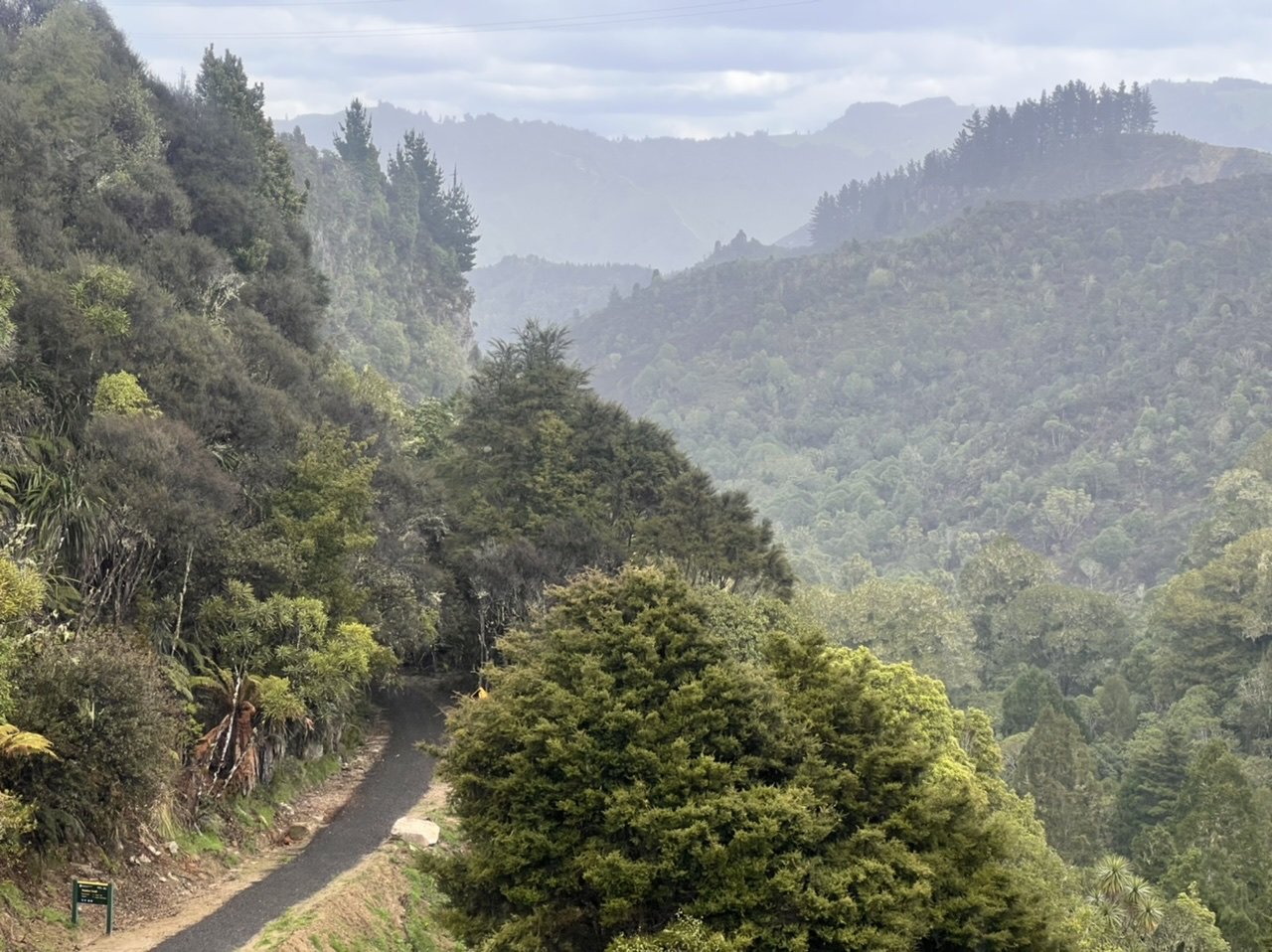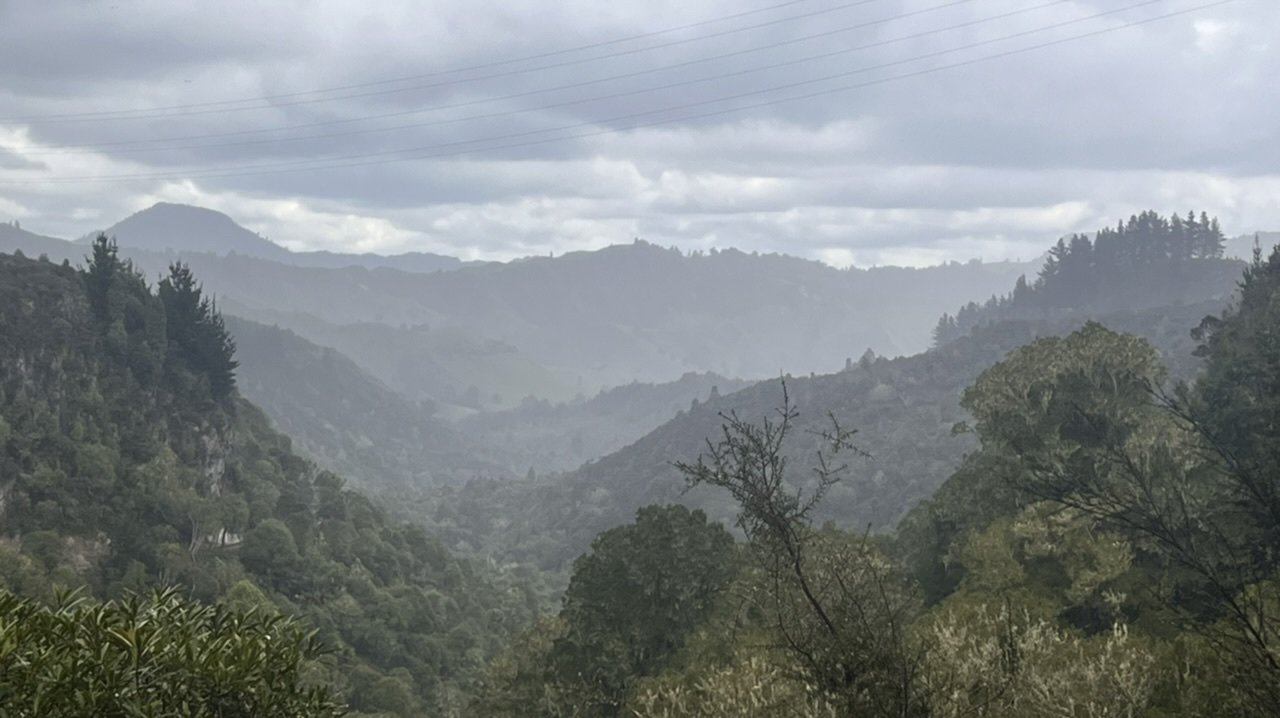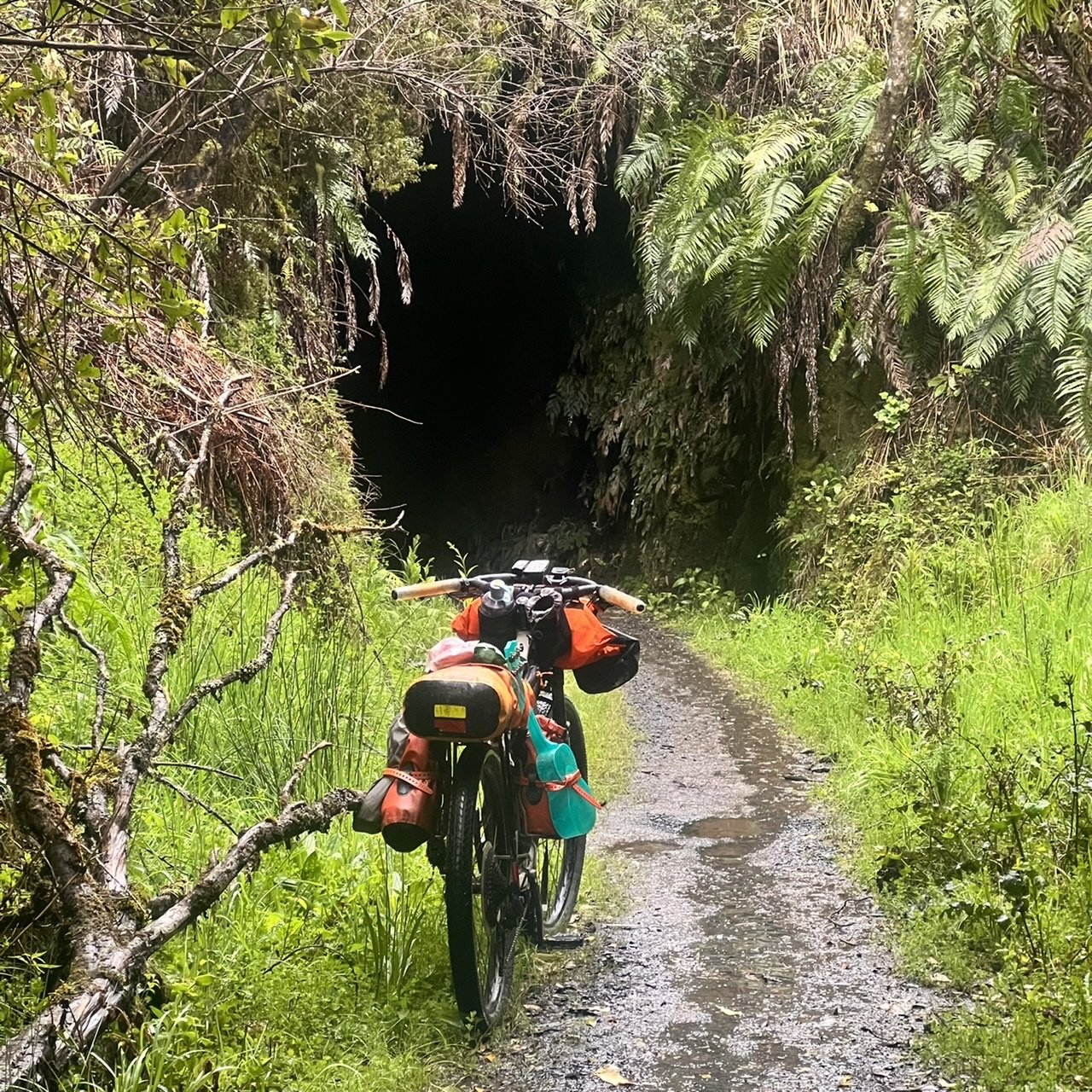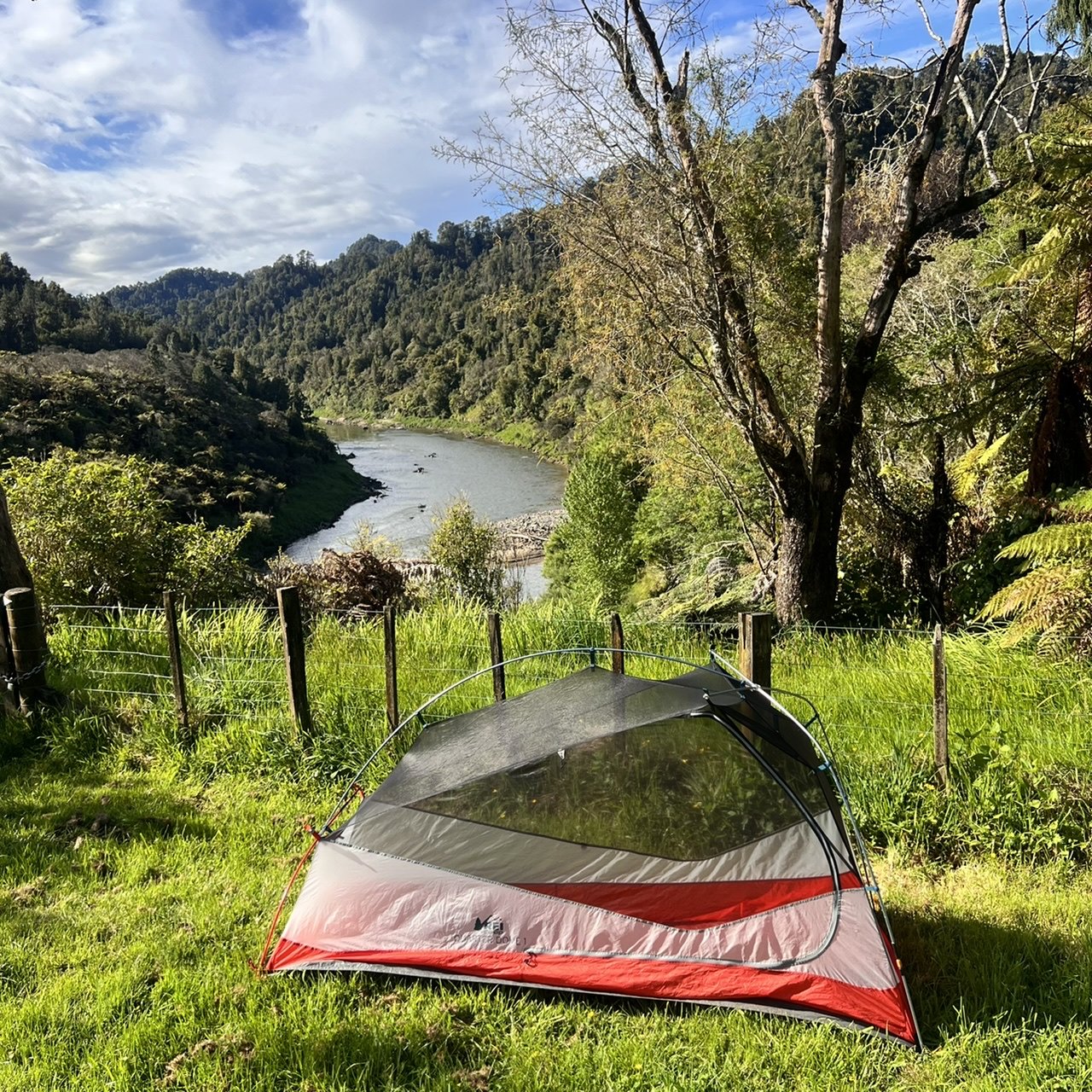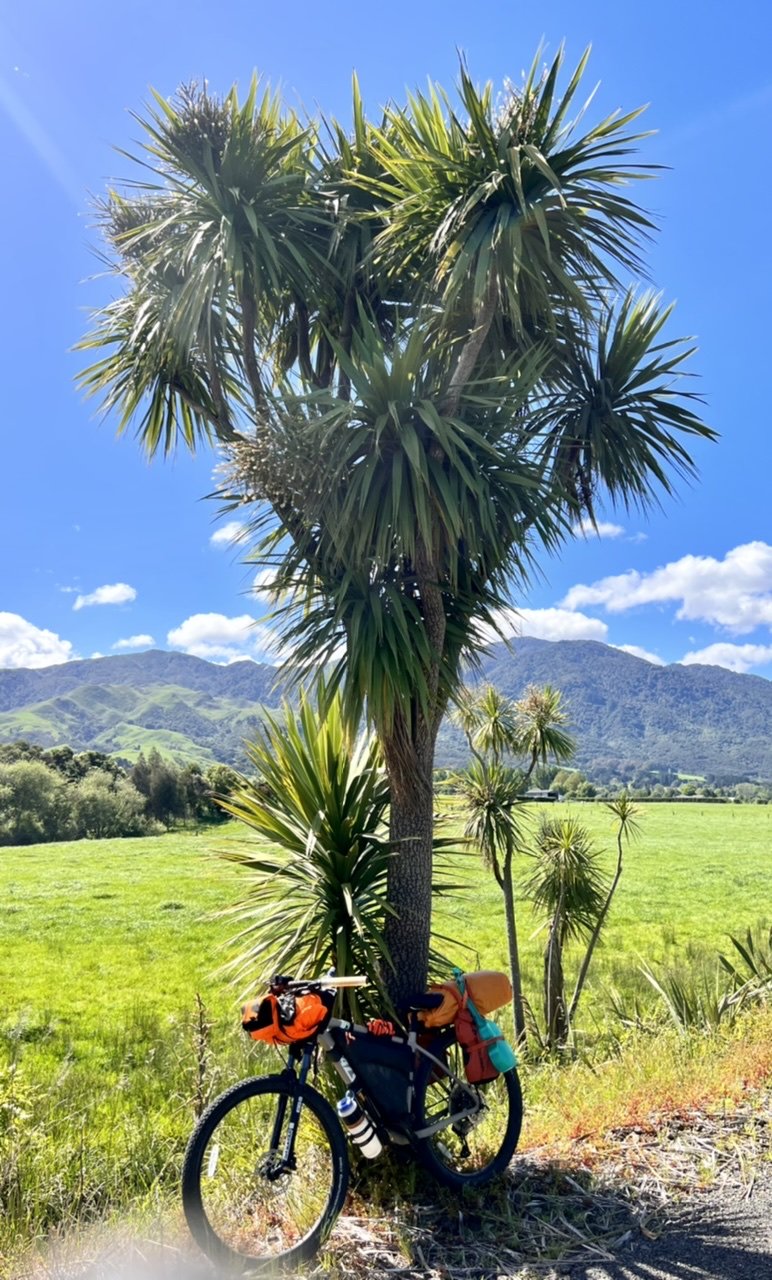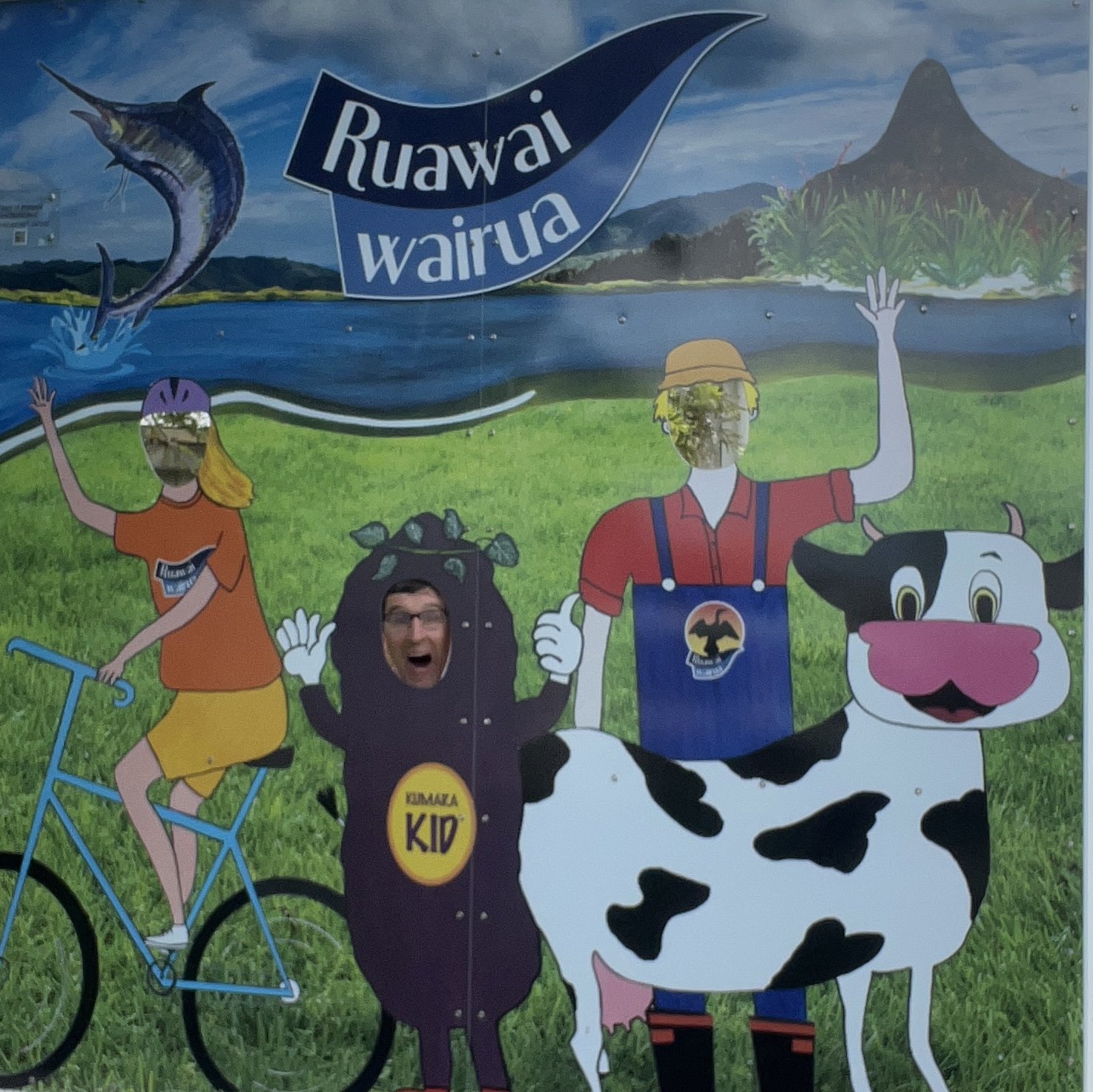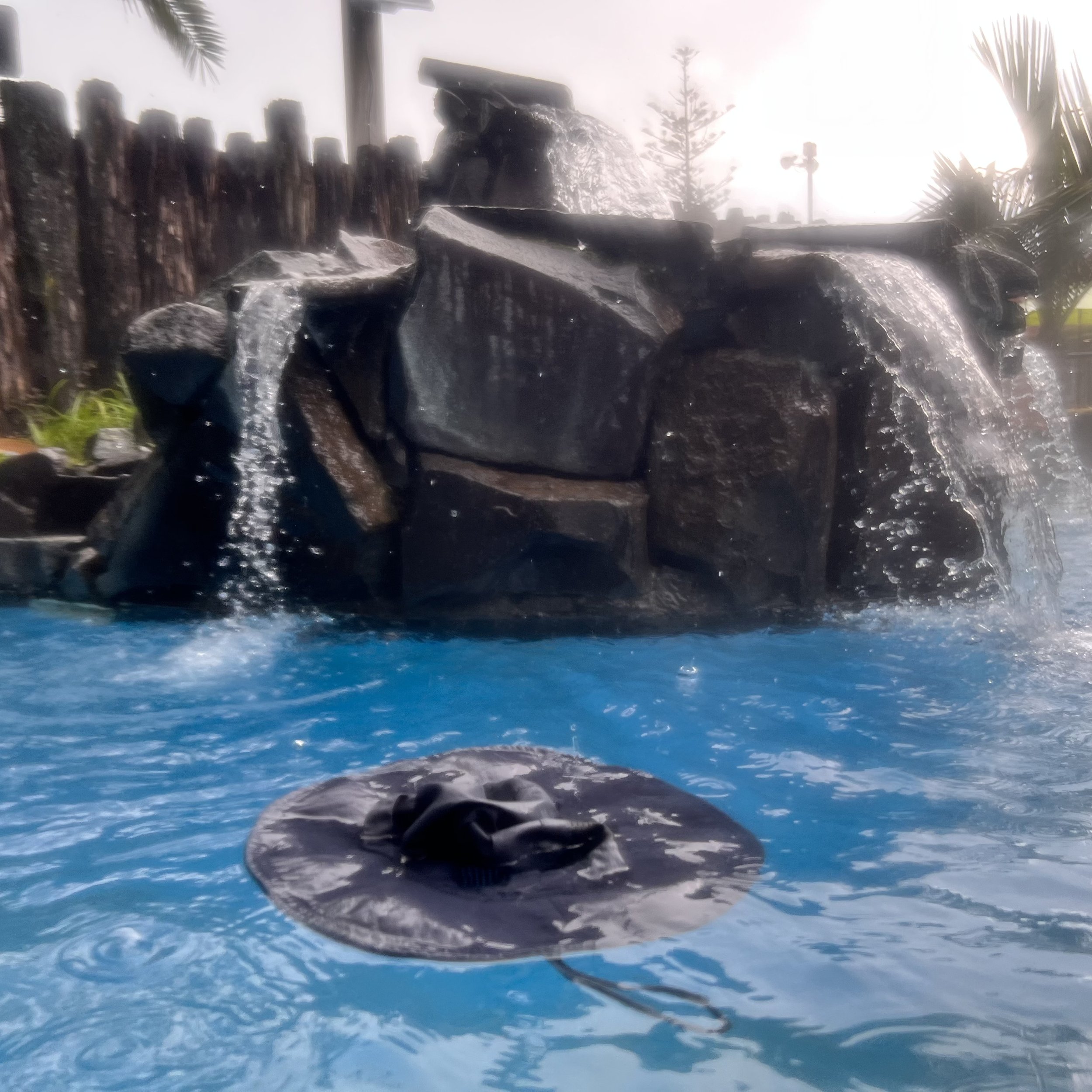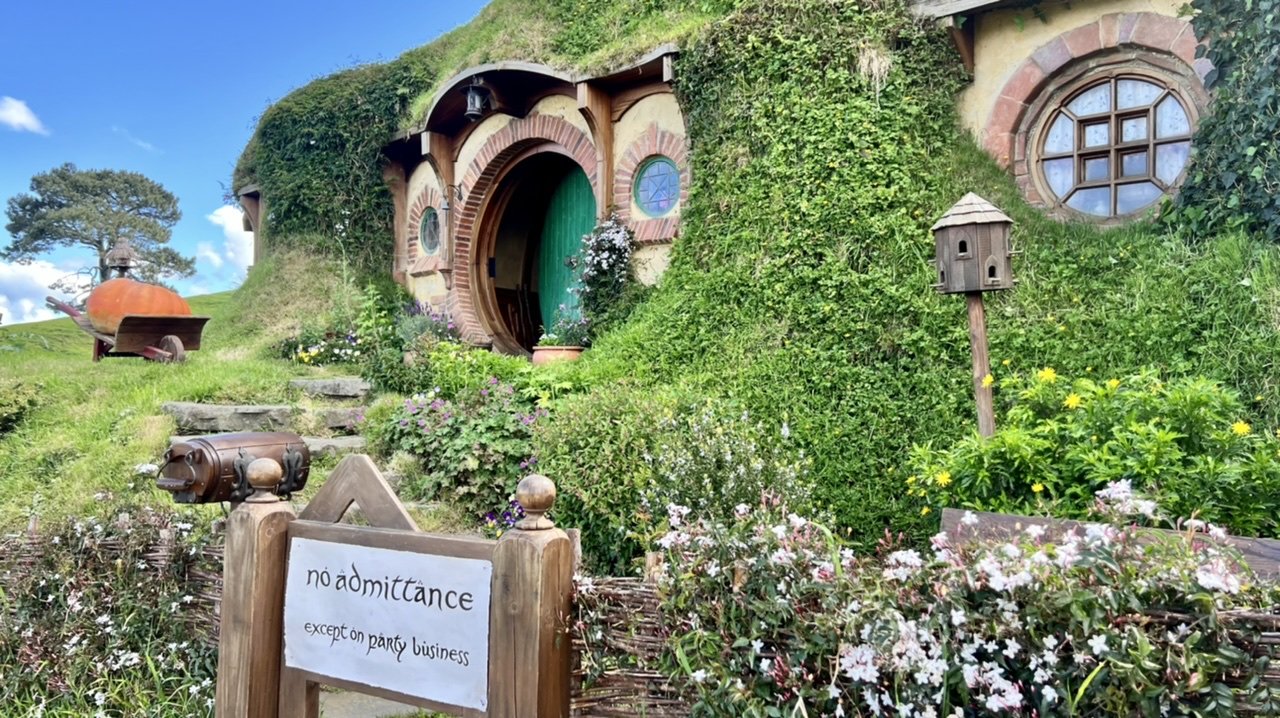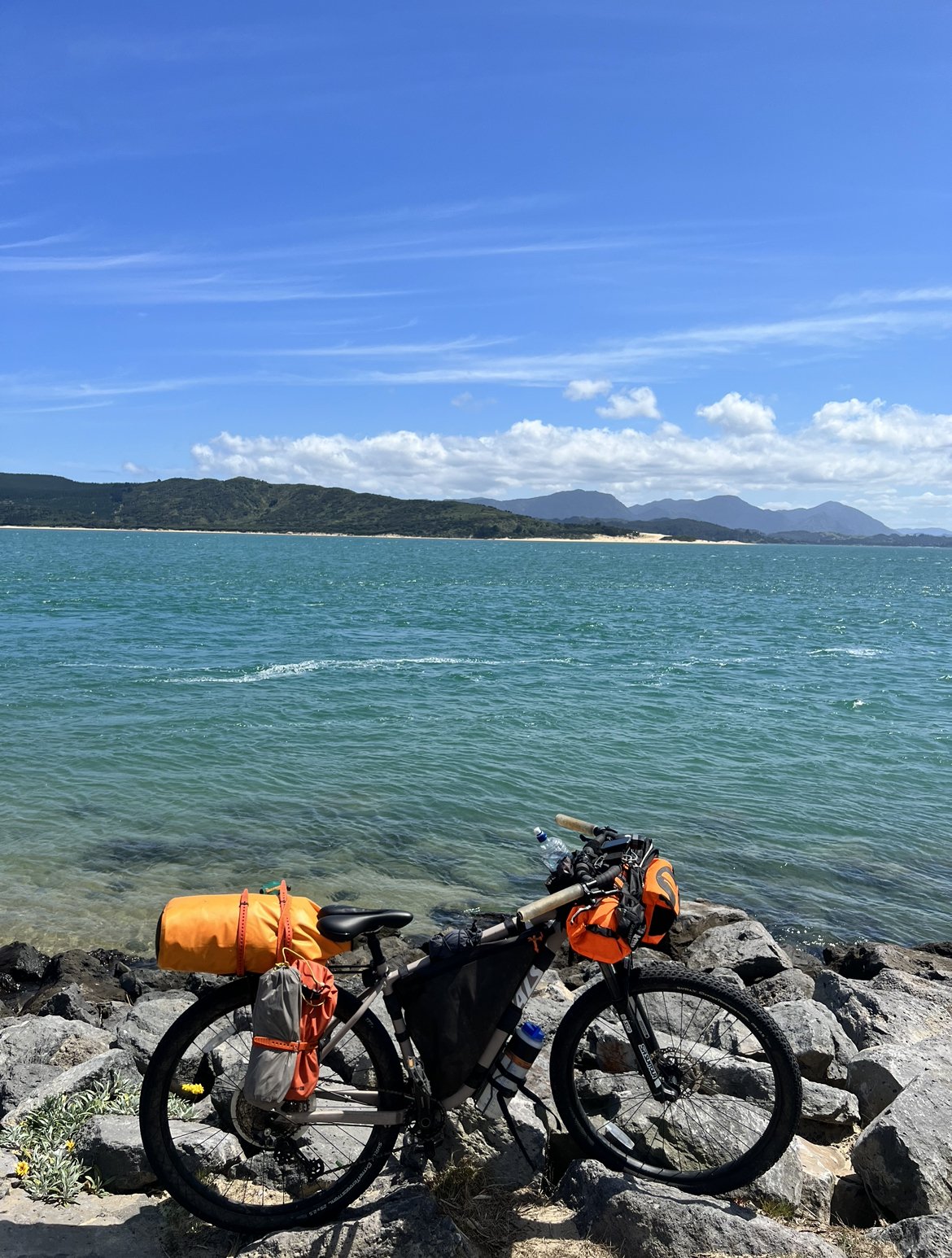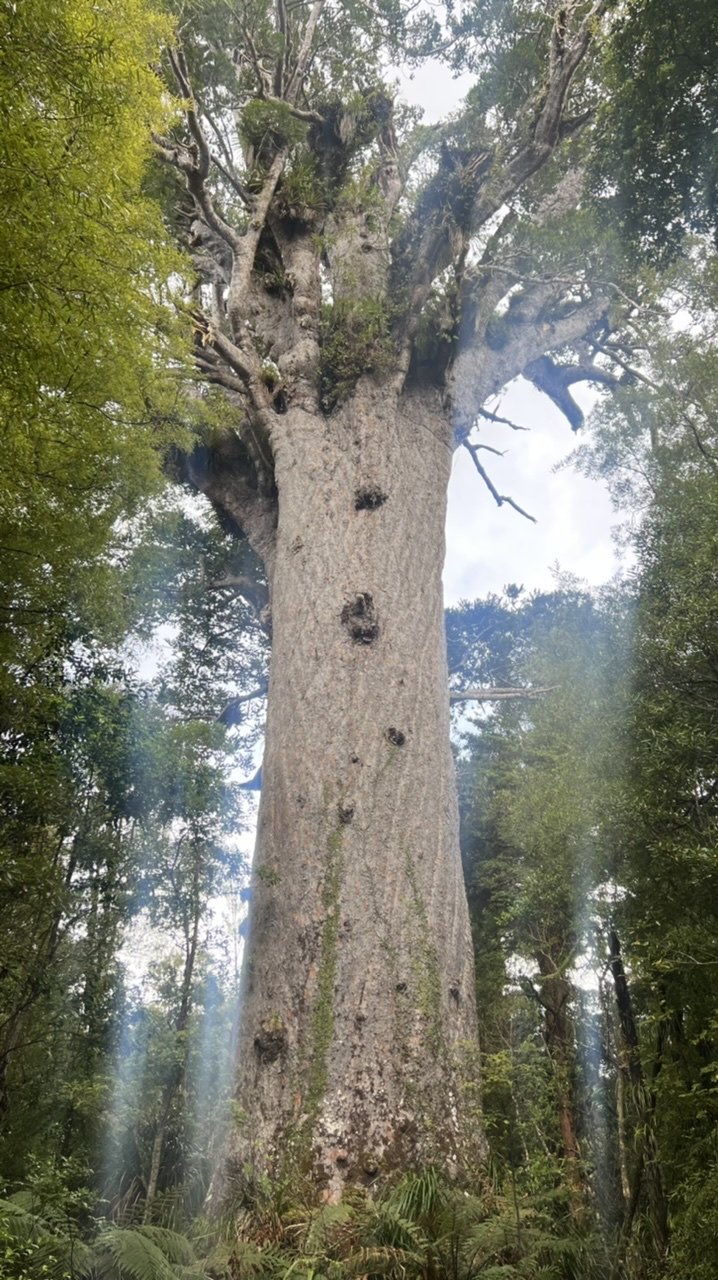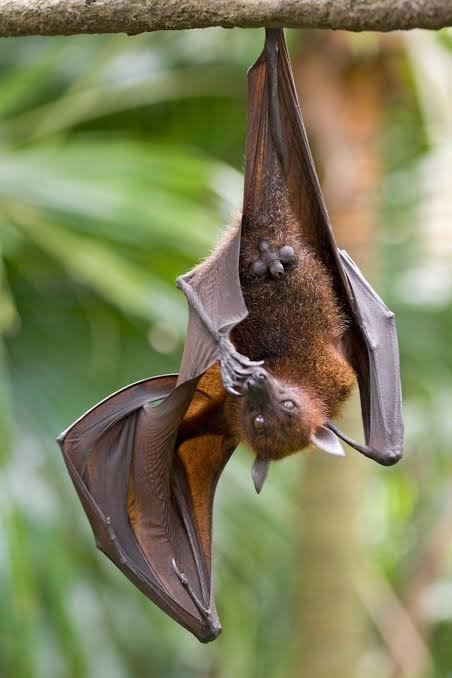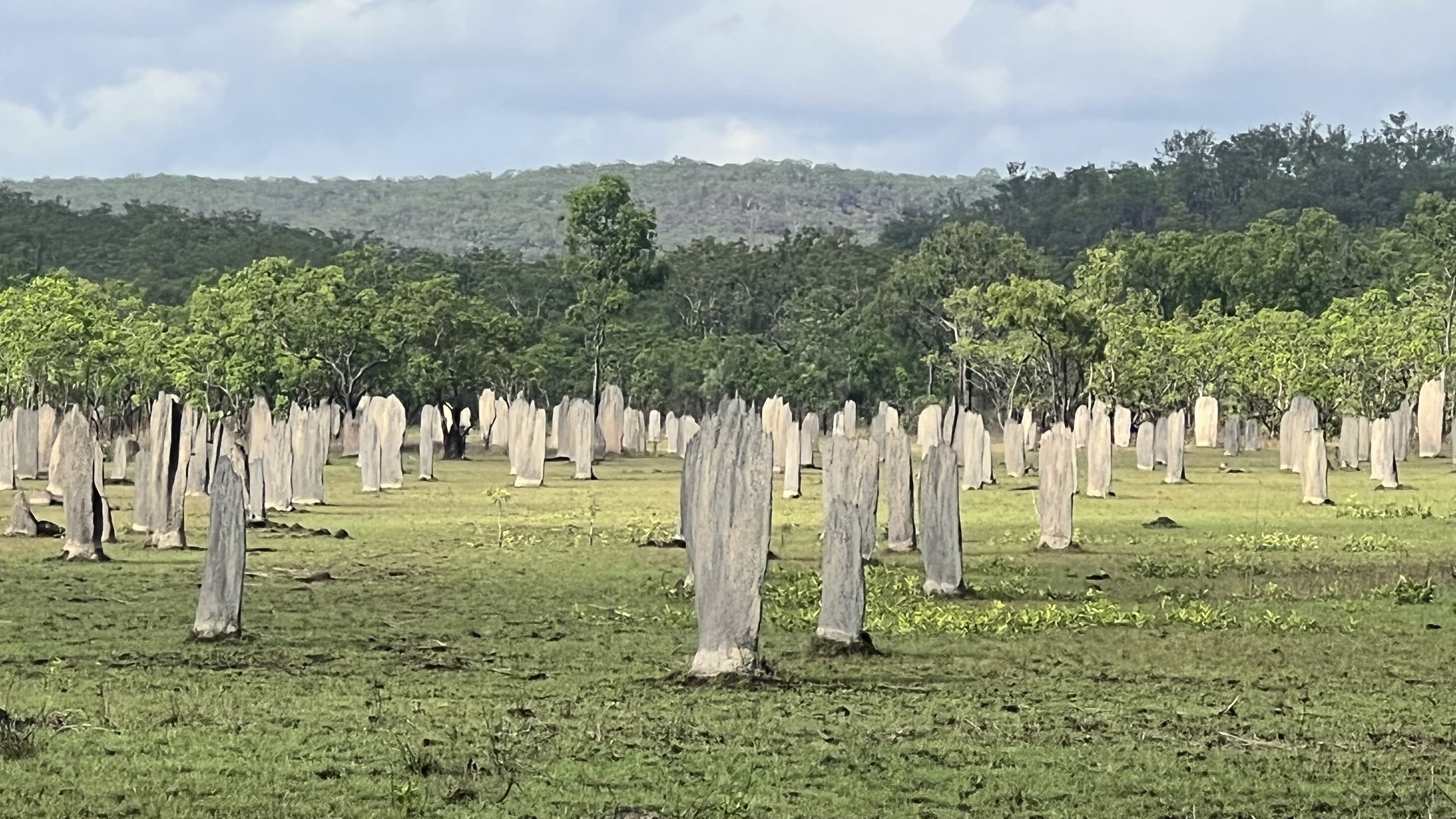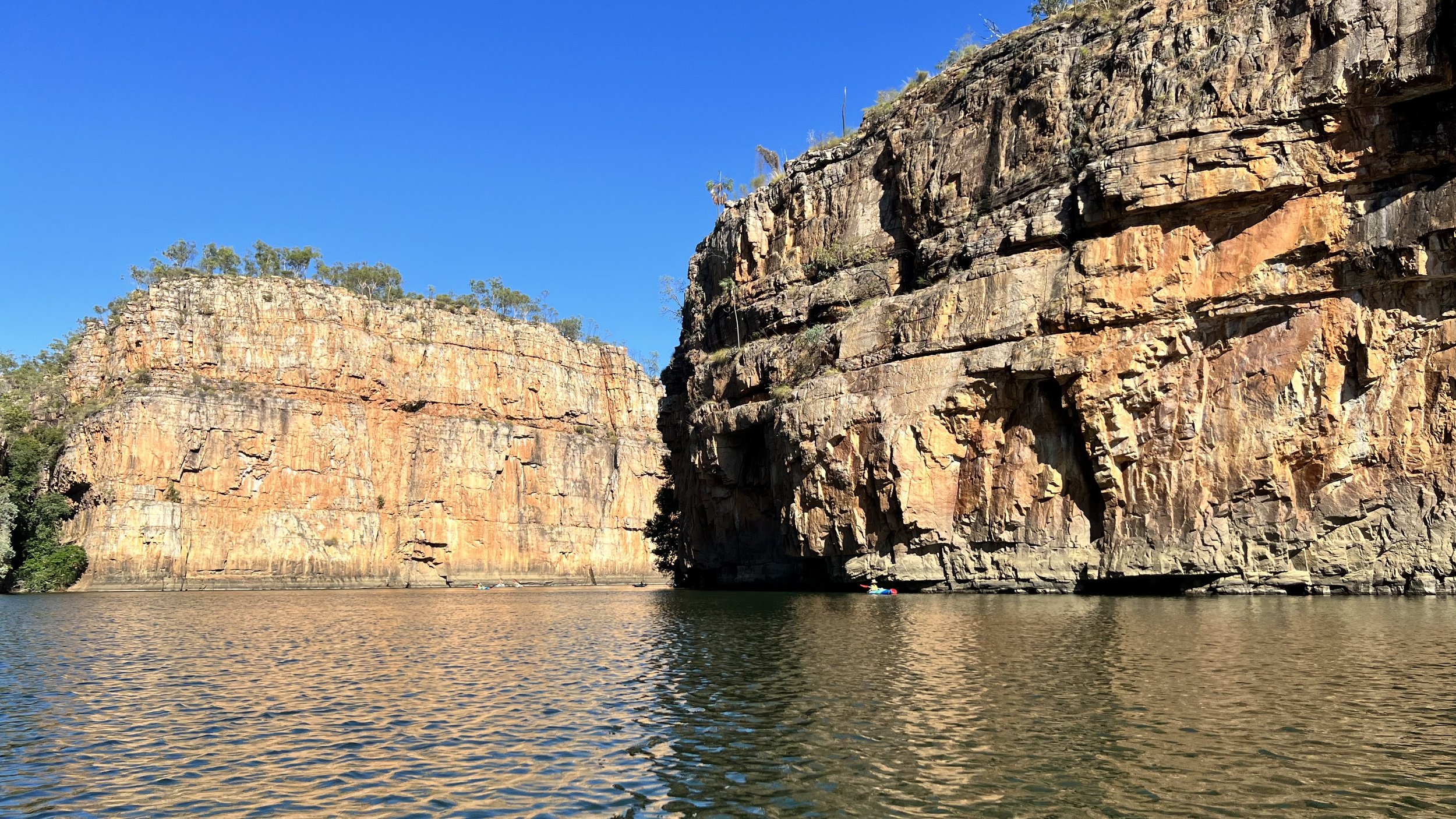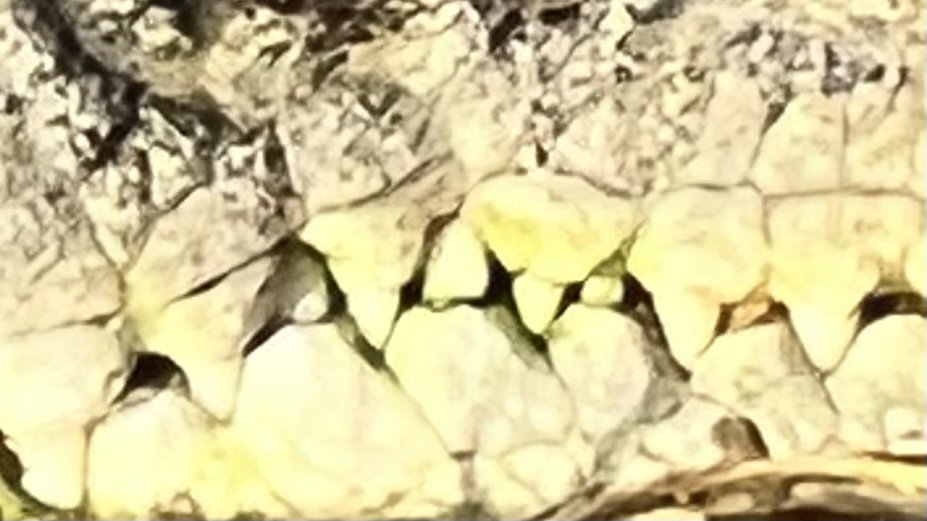Timber Trail Pt. II: Sparring Match vs. Street Fight
In the previous post I made the bold claim that in mountain biking downhill is harder than uphill. There’s nothing bold about saying it’s harder on the body, because it’s only riding downhill that you have any weight in your hands and shoulders. Sooner or later the rattling is going to wear on you. But which one is harder on the mind is debatable. It depends to some extent on personal taste. Or rather, personal dread.
Here’s the thing about biking uphill: you’re not going to get hurt. When you round a corner and see the climb is longer and steeper than you expected, it’s definitely a blow to morale. But you’re not going to break anything. You can stop whenever you want.
That’s not true riding downhill. On sealed roads, of course, downhill is a breeze. But mountain bike trails require all kinds of technical skills, and one of the many factors that make me the Worst Bikepacker in New Zealand is I haven’t learned those skills. Dodging tree limbs is easy enough. Cornering in wet gravel down a steep switchback is something else entirely. Stopping before you reach the turn isn’t even up to you sometimes. Sometimes it’s up to physics
There must be a specific skill for taking those hairpin turns. I can tell because they’re all built the same. There’s clearly a right way to approach them. And then there’s my way to approach them, which is to slow waaaaay down and maybe use my tippy toes if the mood strikes.
I really don’t know what the hell I’m doing out there, which means I spend about half the time with the mantra don’t go over the handlebars don’t go over the handlebars running through my head. And for good reason. The Timber Trail sent me over the handlebars twice. In both cases it’s because I got cocky and built up too much speed, and in both cases I got off light. No serious injuries, but luck didn’t have to break that way.
Again, Worst Bikepacker in New Zealand here. This is not an especially difficult trail. Grade 3, intermediate, but with a few days of rain and a heavy load, my brakes are not everything I could hope for. The next time I get to a decent bike shop, Booster’s getting bigger rotors. I thought hers were pretty good, but on the Timber Trail I got a look at what some of these e-bikes have. They’re practically frisbees.
I got to ride an e-bike for the first time, by the way. In camp I got to talking with another rider and he let me test drive his. Holy shit are those things fun! (This one was $10,000, so it better be.) You can climb anything, and in turbo mode you can do it fast. I can see getting one if there’s ever a 90% off sale.
But circling around to the original point, to me biking uphill is like a friendly sparring match. Sure, sometimes you get your ass kicked, but nobody’s getting hurt. Biking downhill on sealed roads is like resting between rounds. Easy peasy. But descending MTB trails is like a street fight. It will probably go okay if you have the right skills, but things can still go south. And if they do, your life can get real bad real quick.
So uphill is worse than down if you have the right skill set. Or if you’re young enough to still believe you’re immortal. Me, I’ve got too many battle scars and not enough technical tricks.
Speaking of circling around, the tail end of the Timber Trail has a feature I’ve never seen before. It loops under itself. With a couple of bridges and a tunnel through the mountain, it spirals down and exits beneath the entrance. Obviously this means dwarves like mountain biking. No one else would mine a bike trail through stone.

